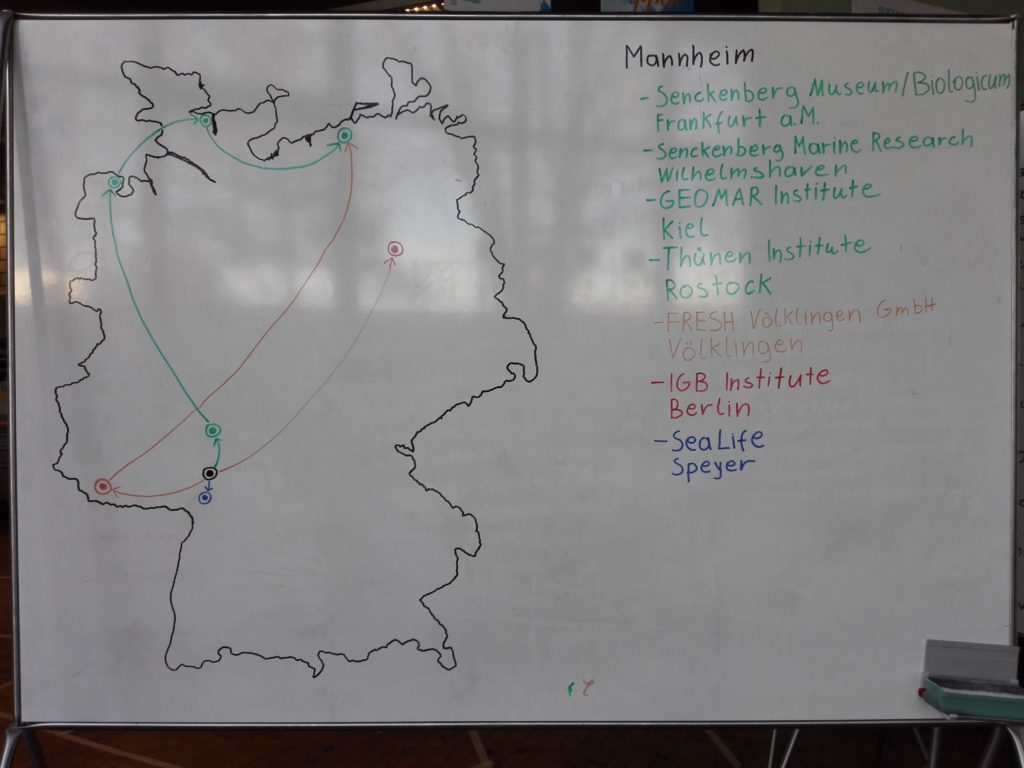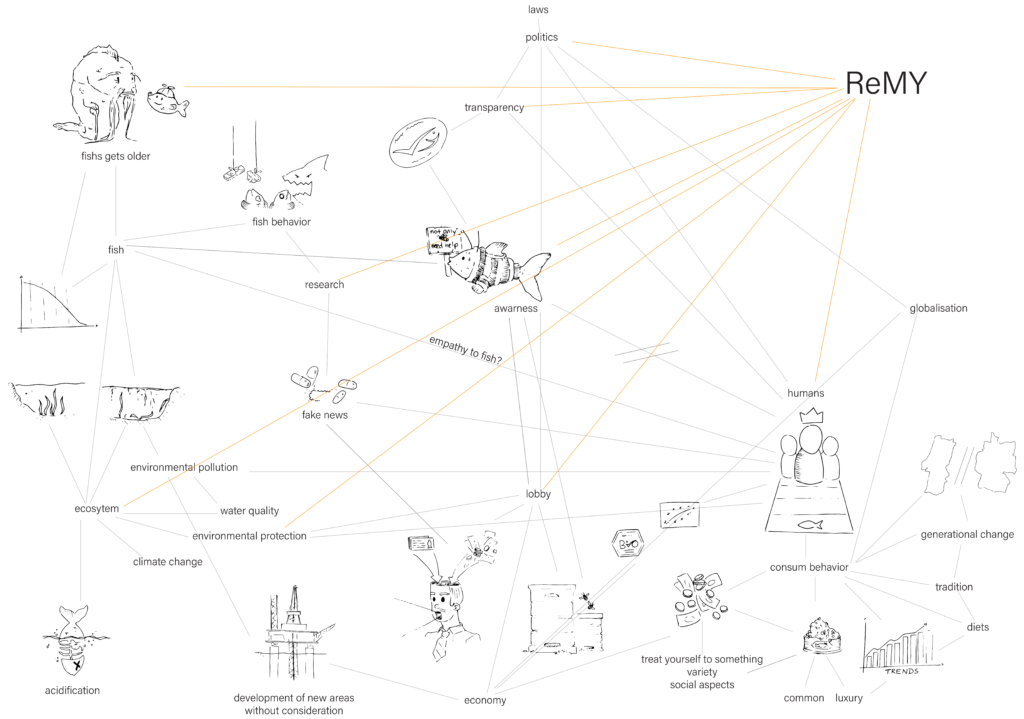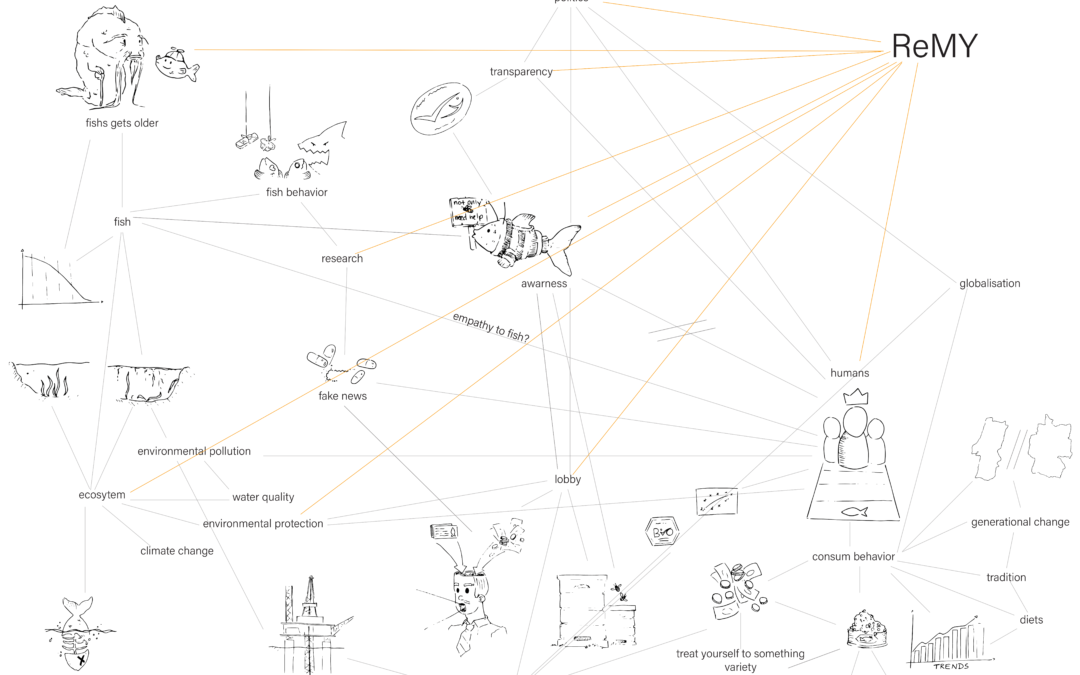Our interview phase is coming to an end this week. On Tuesday we had an interview with Geomar Institute located in Kiel (Germany) to find out more about their AUV ABYSS. Our interviewee is responsible for the technical management of the AUV ABYSS and therefore the perfect person to ask about the technical implementation of our fish drone.
Here are the most important comments and thoughts:
- Power supply is a big challenge. For now, the AUV can’t be charged in water. However, it is conceivable to use the buoy as a charging station. A first stop on this topic could be The Wave Glider.
- Only to use light for the location of fish swarms is not sufficient. For short distances near the water surface it would be enough, but in deeper areas it wouldn’t work. And what happens during night? Hence it is recommended to work with acoustics signals.
- We absolutely have to reckon with nature. In previous experiments and operations, the devices were very quickly besieged by algae and other marine organisms. Even fishes have exploited the smallest openings to spawn. A countermeasure could be ultraviolet light that has been successful in previous experiments. A brief irradiation of the surfaces with ultraviolet light prevents the growth of algae and other stuff.
- The buoy must hold its position. That also requires energy which means less power for drones. Also, the more sensors we have, the more energy we need.
- Positioning accuracy: We have USBL and LBL.
- At depths of 600 meters, acoustic signals between 40-80 kHz must be used. The higher the frequency, the more data can be exchanged, but the range decreases and vice versa.
- We can look up more information at EvoLogics in Berlin.
This interview had a lot of interesting insights and we could close some important knowledge gaps about what already is possible.
In the image below you can see the sequence of our interview stations so far and how the interviewees recommended us to possible next interview partners.

On Thursday we presented our System Thinking Canvas. It should give us a deeper understanding of our challenge. We included our Stakeholders, ReMY, information gained during our interviews and from our own research.

We also received our last task: Develop a Social Lean Canvas.


Recent Comments